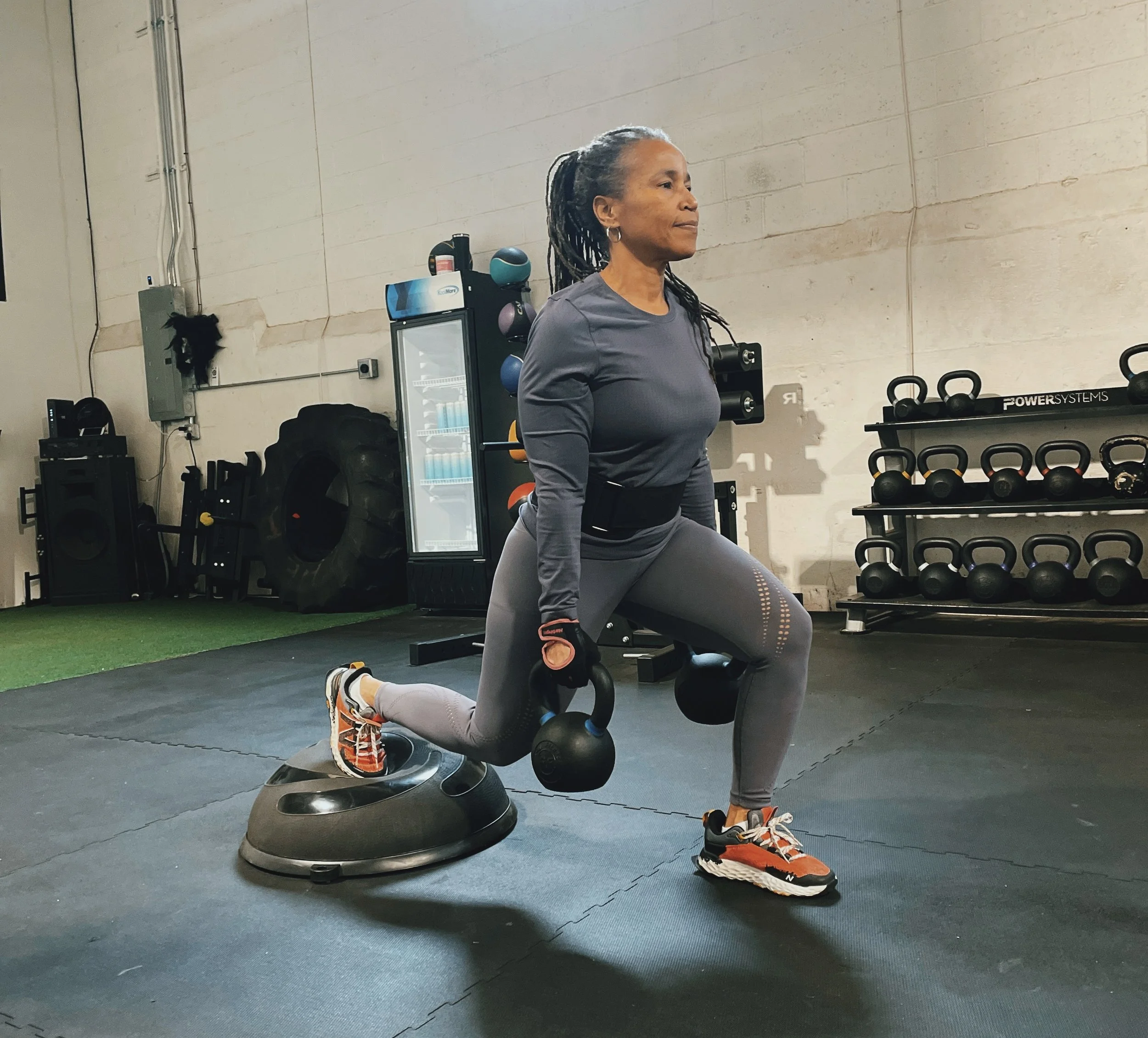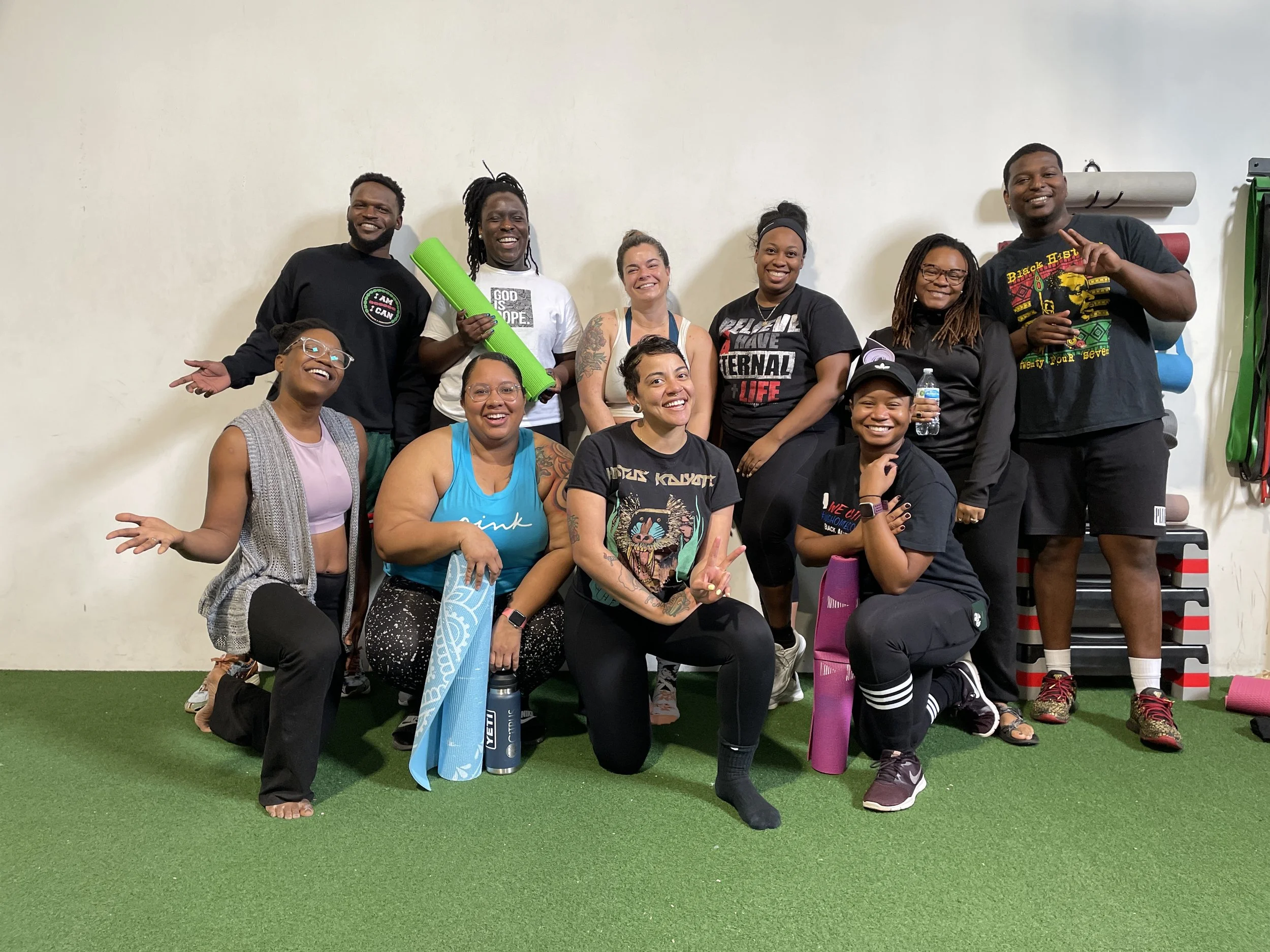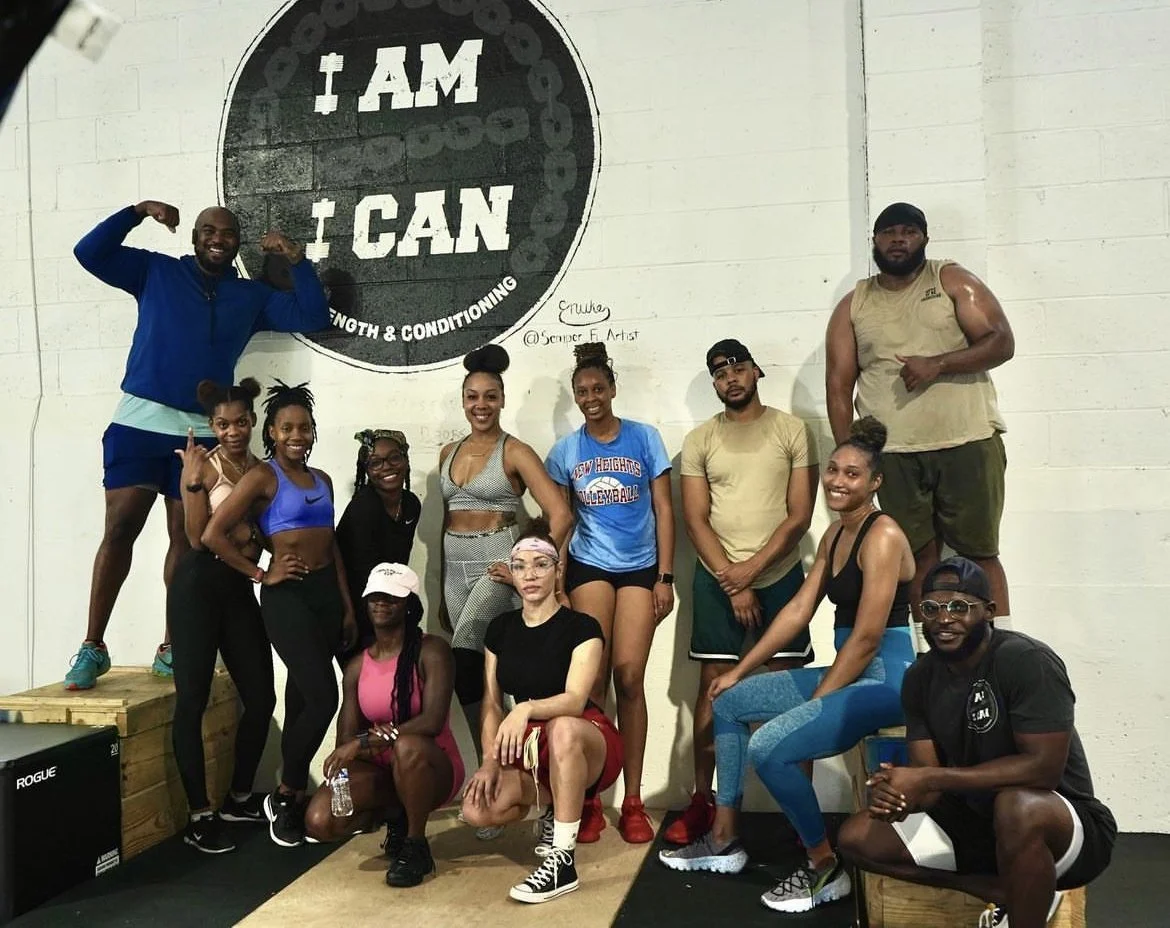
Inclusive Fitness: Empowering Every Body
Let's talk about fitness in a whole new light, one that's inclusive and empowering for everyone, regardless of their background or circumstances. In the past, fitness often seemed reserved for those who could afford fancy gyms or had the time and resources to dedicate to it. But times are changing, and it's time to embrace a more inclusive approach to fitness that caters to individuals from all walks of life.
The Value of Diversity in Fitness
1. Representation Matters: When we see people like you succeeding in fitness, it becomes more relatable and attainable. By embracing diversity in fitness, we ensure that everyone feels represented and encouraged to pursue their health and wellness goals.
2. Health Equity: Fitness should be about promoting health and well-being for all, not just those who can afford expensive memberships or trendy workout gear. By catering to diverse populations, we can address the unique health needs and challenges that different individuals face.
3. Building Stronger Communities: Fitness has the power to bring people together from all backgrounds. By fostering a sense of community and inclusivity within the fitness world, we can create stronger, more resilient communities that support and uplift each other.
Inclusive fitness isn't just a buzzword; it's a fundamental shift in how we approach health and wellness. By embracing diversity and prioritizing inclusivity, we can ensure that fitness is accessible, empowering, and enriching for individuals from all backgrounds. Together, let's build a fitness culture that celebrates the uniqueness of every body and fosters a sense of belonging for all.

Finding balance: Taking Care of your Body and Mind
In our fast-paced modern world, the pursuit of health and wellness often focuses solely on physical fitness and nutrition, overlooking the interconnectedness of our physical and mental well-being. However, true wellness encompasses much more than just the number of calories burned in a workout or the grams of protein consumed in a meal. It embraces a holistic approach that recognizes the vital relationship between our physical and mental health.
Here are five actionable points that you can do on your own to nurture holistic wellness:
1. Take a 5-minute mindfulness break: Find a quiet spot, close your eyes, and take a few deep breaths. Pay attention to the sensations of your breath as it enters and leaves your body. Notice how your body feels in this moment, without judging or trying to change anything.
2. Create a bedtime routine: Establish a relaxing bedtime routine to signal to your body that it's time to wind down. This could include activities like reading a book, taking a warm bath, or listening to calming music. Aim to go to bed and wake up at the same time each day to regulate your sleep cycle.
3. Practice an stress-relief activity: Engage in an activity that helps you unwind and de-stress, such as going for a walk in nature, practicing yoga, or journaling about your thoughts and feelings. Find what works best for you and make it a regular part of your routine.
4. Limit screen time before bed: Turn off electronic devices at least an hour before bedtime to give your brain a chance to relax and prepare for sleep. Instead of scrolling through your phone or watching TV, try reading a book, doing a puzzle, or having a calm conversation with family or friends.
5. Prioritize self-care: Take time each day to do something just for yourself, whether it's going for a run, practicing a hobby you enjoy, or simply taking a few moments to sit quietly and reflect. Remember, taking care of yourself isn't selfish—it's essential for your overall well-being.

Leveling Up Your Fitness Game: How Strength and Conditioning Can Supercharge Your Weight Loss Journey
Ready to take your fitness journey to the next level? Let's talk about how incorporating strength and conditioning workouts can turbocharge your weight loss goals.
So, you know how most people think cardio is the be-all and end-all for weight loss? Well, it's time to debunk that myth. While cardio has its place, strength training is where the real magic happens. When you hit the weights or do bodyweight exercises like push-ups, squats, and lunges, you're not just building muscle – you're revving up your metabolism.
Here's the deal: muscle is metabolically active tissue, which means it burns calories even when you're chilling on the couch. The more muscle you have, the more calories you torch throughout the day, not just during your workout. So, by adding strength training to your routine, you're essentially turning your body into a calorie-burning furnace.
But wait, there's more. Ever heard of EPOC? It stands for excess post-exercise oxygen consumption, but you can just think of it as the afterburn effect. When you do intense conditioning workouts like HIIT (high-intensity interval training), your body keeps burning calories at an elevated rate even after you've finished sweating it out. It's like getting bonus calorie burn long after you've left the gym.
Now, let's talk body composition. Weight loss isn't just about dropping numbers on the scale – it's about sculpting a lean, toned physique. Strength training helps you do just that by preserving muscle mass while shedding fat. Crash diets might make you lose weight, but they often result in muscle loss too, leaving you looking more like a deflated balloon than a sculpted statue. With strength training, you maintain muscle mass and target stubborn fat stores, giving you that chiseled look you've been dreaming of.
But it's not just about aesthetics. Strength and conditioning workouts also improve your functional fitness. Ever struggled to carry heavy grocery bags or climb stairs without getting winded? Functional movements like squats, deadlifts, and overhead presses not only make you look good but also make everyday activities feel like a walk in the park. Plus, they help prevent injuries by strengthening your muscles and joints, so you can keep crushing it in the gym and in life.
And let's not forget about metabolic health. Regular exercise, especially strength training, improves insulin sensitivity, regulates blood sugar levels, and lowers the risk of metabolic disorders like type 2 diabetes. So, not only are you melting away fat and building muscle, but you're also bulletproofing your body against chronic diseases – talk about a win-win!
In a nutshell, strength and conditioning workouts are like the secret sauce of weight loss. They rev up your metabolism, torch calories both during and after your workout, sculpt your physique, improve functional fitness, and boost metabolic health. So, if you're serious about leveling up your fitness game and crushing your weight loss goals, it's time to ditch the cardio obsession and embrace the power of strength and conditioning. Your body will thank you for it.

